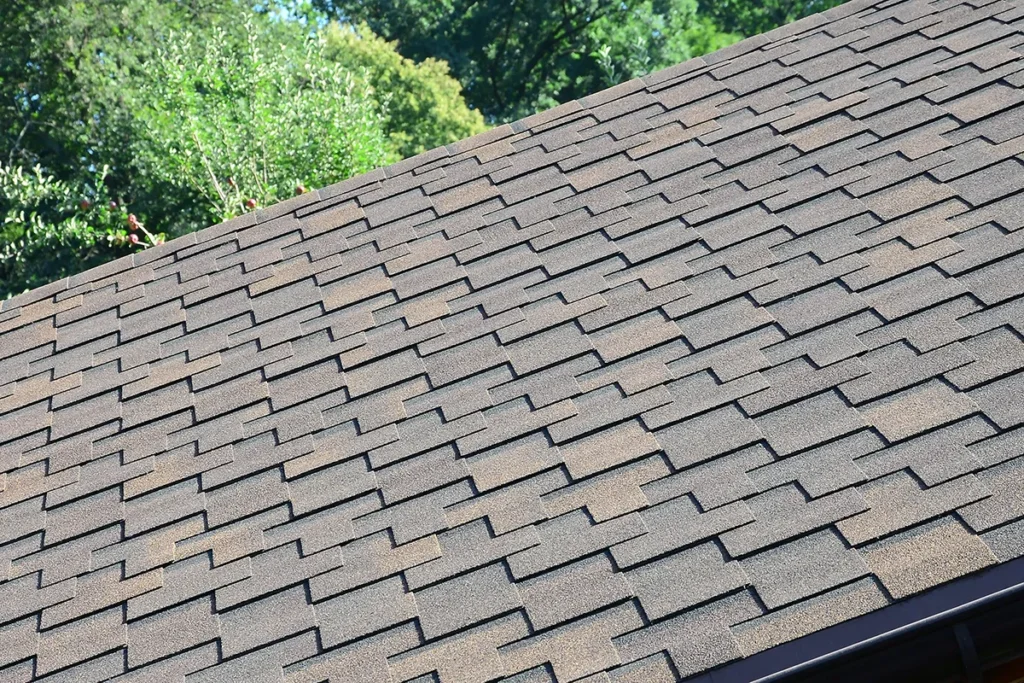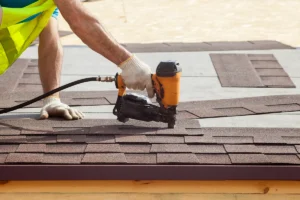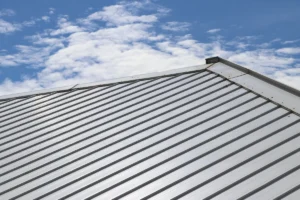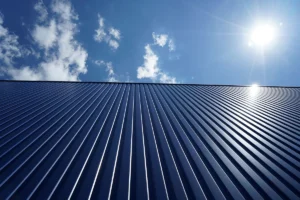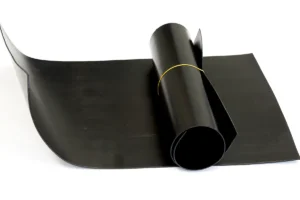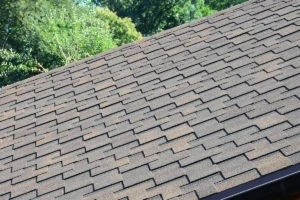Granule loss on a roof is a common issue that many homeowners face. It refers to the loss of the small granules that cover the surface of asphalt shingles. These granules serve an important purpose in protecting the shingles from the elements and prolonging their lifespan. When granules start to wear off or become dislodged, it can lead to various problems, including reduced protection against UV rays, accelerated aging of the shingles, and potential leaks. In this blog post, we will explore the causes of granule loss on a roof and discuss preventive measures to keep your roof in good condition.
1. Normal Wear and Tear: Over time, it is normal for asphalt shingles to experience some degree of granule loss. As the shingles age, the granules may gradually wear off due to exposure to the elements, such as sunlight, rain, wind, and hail. This natural wear and tear can cause the granules to become loose or dislodged, leading to granule loss.
2. Poor Quality Shingles: The quality of the shingles used on your roof can also contribute to granule loss. Inferior or low-quality shingles may have a thinner layer of granules or may not be properly coated, making them more susceptible to granule loss. Investing in high-quality shingles from reputable manufacturers can help minimize granule loss and ensure the longevity of your roof.
3. Improper Installation: Incorrect installation techniques can also lead to granule loss. If the shingles are not properly nailed down or if the roofing nails are overdriven, it can cause the shingles to lift or become loose, resulting in granule loss. It is crucial to hire a professional roofing contractor who follows proper installation practices to avoid such issues.
4. Hail Damage: Hailstorms can cause significant damage to roofs, including granule loss. The impact of hailstones can dislodge or remove granules from the shingles, exposing the underlying asphalt layer. If your area is prone to hailstorms, consider installing impact-resistant shingles that are designed to withstand hail damage.
5. Foot Traffic: Walking on the roof can also cause granule loss, especially if not done carefully. Excessive foot traffic or walking on the roof with improper footwear can dislodge granules from the shingles. It is best to avoid walking on the roof whenever possible and hire professionals for any necessary roof inspections or repairs.
6. Poor Roof Ventilation: Inadequate roof ventilation can contribute to granule loss. Without proper ventilation, heat can build up in the attic, causing the shingles to become excessively hot. This heat can accelerate the aging process of the shingles and lead to granule loss. Ensure that your roof has proper ventilation systems in place to maintain a balanced temperature and reduce the risk of granule loss.
7. Moss and Algae Growth: Moss and algae can grow on roofs that are shaded or have excessive moisture. These organisms can hold moisture against the shingles, causing them to deteriorate and lose granules. Regular roof cleaning and maintenance can help prevent moss and algae growth and minimize granule loss.
To prevent granule loss on your roof, it is important to take proactive measures:
– Choose high-quality shingles from reputable manufacturers.
– Hire a professional roofing contractor for proper installation.
– Consider impact-resistant shingles if you live in an area prone to hailstorms.
– Avoid walking on the roof whenever possible.
– Ensure proper roof ventilation to maintain a balanced temperature.
– Regularly clean and maintain your roof to prevent moss and algae growth.
If you notice significant granule loss on your roof, it is advisable to consult a professional roofing contractor for an inspection. They can assess the condition of your roof and recommend appropriate repairs or replacement if necessary. Taking prompt action can help prevent further damage and extend the lifespan of your roof.
In conclusion, granule loss on a roof can occur due to normal wear and tear, poor quality shingles, improper installation, hail damage, foot traffic, poor roof ventilation, and moss or algae growth. By understanding the causes of granule loss and taking preventive measures, you can protect your roof from premature aging, leaks, and other potential issues. Regular roof maintenance and inspections are essential to identify and address any granule loss or other roof problems in a timely manner.

